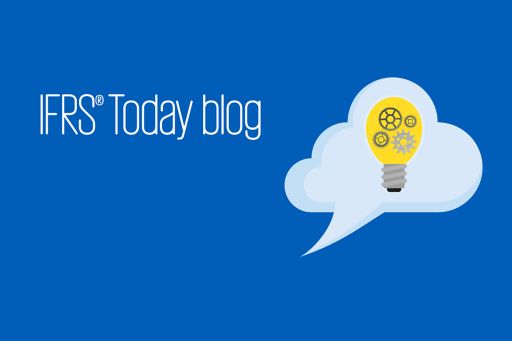IFRS 16 – What didn’t the standard tell us?
IFRS 16 – What didn’t the standard tell us?
Early learnings from the front line of lease conversion projects

Now that companies are starting to make headway on their IFRS 16 conversion projects, we’re making some unexpected discoveries about how the new leasing standard is being implemented in practice.
Some companies have found that the standard enhances some key earnings metrics and others have concluded that some of the practical expedients are not as advantageous as they first thought.
With more companies looking to kick off their IFRS 16 project every day, we thought it would be helpful to share our early insights from working with large, public companies whose implementation projects are under way.
Be realistic about how long it will take
As you no doubt already know, a key milestone is to complete an inventory of all leases held, which is much easier said than done.
We’re seeing that companies generally have a good handle on their real estate lease portfolios but find other leases a challenge – all those mobile phones, photocopiers, vehicles and pieces of IT equipment that are spread across multiple locations.
Creating an inventory and extracting the data from the lease contracts will take time and is process-heavy, so running parallel work streams to keep the project on track will be important, especially if your project plan includes a software implementation.
Look for resources in the right places
Start by looking beyond the finance function. This will help to alleviate competing priorities around year-end, especially if your IFRS 9 and/or IFRS 15 projects are still ongoing.
But it also makes sense given how pervasive leases are across a business – from front-line employees signing contracts to the Treasury and Tax groups. Getting someone from the Real Estate group or perhaps Procurement to co-lead the project will help keep accountability for operations in the hands of the business while ensuring the project moves ahead during financial reporting crunch times.
Don’t underestimate the systems implementation challenge
Many of the bigger ERP systems providers have been slow to release leasing modules that can handle the new standard. As a result we’re seeing multiple smaller, bolt-on solutions in the marketplace. Keep in mind that some of these software packages may not have the capability of modelling transition options or producing transition entries.
In some cases, companies may find themselves more involved in guiding the software providers than expected. It could take more work than envisaged on the back-end to ensure the system is compliant, and more time for internal audit to test the system.
A raft of technical accounting questions…
Then we come to the real nitty-gritty: the actual accounting changes. A number of interesting issues are cropping up.
It takes time to identify embedded leases
Under the existing standard, it makes little difference whether a contract is classified as an operating lease or as a service. But it does under the new standard. The analysis of whether a component of a contract meets the definition of a lease is proving more difficult than anticipated.
The opportunity under the new standard to grandfather previous assessments and carry them forward can help here. However, we’re hearing that some companies would prefer the comfort of a thorough review on transition, rather than relying on their historical assessment. So there could still be a lot of work involved.
Impractical expedient?
The IASB’s practical expedient to continue to account for low-value and short-term leases off-balance sheet doesn’t seem to be getting as much up-take as we expected. Many companies prefer to have one process for all leases and would rather account for all of them in the same way, especially if they’re implementing a new system. Having to disclose lease expense for low-value and short-term leases separately is making this practical expedient less attractive.
Capitalising non-lease components
By contrast, another practical expedient has surprised us by its popularity. Some lessees are happier than we envisaged to bring non-lease components onto their balance sheets along with leases. They are setting up a lease liability and corresponding right-of-use asset for future services provided by the lessor. This re-characterises these operating expenses as depreciation and interest-boosting metrics such as EBITDA. Putting low-value and short-term leases on-balance sheet also has this effect.
Lessors don’t get a free pass
Finally, lessors don’t get away unscathed! Companies with multiple sub-leases, like franchisors, may be surprised to learn that some of these sub-leases become finance leases – with interest income rather than rental income in the P&L.
The interaction between the new revenue standard and the leasing standard may also cause changes to how lessors separate components of contracts today and how they think about variable payments.
So, pretty much every organisation out there will have work to do to meet the requirements of IFRS 16. Here (PDF 79 KB) are some things to think about as we approach year-end.
About the authors
Jeff provides technical accounting advice and supports Canadian companies in their IFRS 16 projects.
Mag is a member of the global team that develops KPMG’s guidance on leasing transactions.
